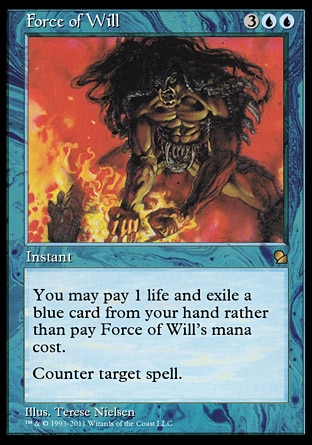Warcraft III pro Grubby recently streamed a guide covering base layouts for various match-ups. Regardless of game, good positioning of an asset relies on understanding the ranges of the attacks and abilities likely to see play, and this certainly holds when we look at Grubby’s building placement advice.
In the orc vs. undead (0:00-6:00) matchup Grubby stresses the importance of protecting key buildings (altar, higher tier unit production) deeper within, away from ranged pressure. Undead generally harnesses the crypt fiend unit, a bulky source of ranged damage. Orc should aim for an open design to permit their own units to kite into the base away from ranged attacks, forcing the crypt fiends to cycle inconclusively between multiple targets or else be drawn deeper into the base to secure kills.
Against human (9:01-12:12), early pressure comes from melee footman attacks. To protect structures, orc should place burrows behind such that the burrow range covers the buildings outer edge. A second early tool from human is a tower rush, where a worker constructs a tower in sight of the mining peasants or key structures. Orc should place burrows so as to cover the spots within tower range of the peon line, where human peasants would have to stand to build a relevant tower. Burrows should be grouped closely enough to protect one another, lest they be isolated and pushed down by footmen/militia/water elemental pressure.
The discussion about orc base layout vs. night elf (12:56-15:00) especially drives home how range impacts placement. The old norm for night elf centered around using the melee Demon Hunter hero. Orc responded by building a very tight base seeking to wall off their front and deny Demon Hunter penetration. The newer night elf approach leans on the ranged Keeper of the Grove hero early, creating a very different type of pressure. Orc has adapted by moving away from a wall-off in favor of a semi-open base. Buildings should be placed to cover up and make impassable the Keeper’s preferred spots for max range harass on the peons. Such placement gives Keeper with fewer and closer positioning options, inviting Keeper to overextend into the orc base. Further, orc uses a burrow extremely close to the peon line, such that peons targeted by Keeper can be microed to safety with minimal travel time, thus minimizing exposure to Keeper’s shots:
The orc mirror (15:06-end) match calls for a flexible start until the opponent’s first hero has been scouted and confirmed to be as the melee Blademaster or ranged Farseer. One wants an option to create a wall against blademaster, with outs to shift towards a more open base once and if a Farseer is spotted:
